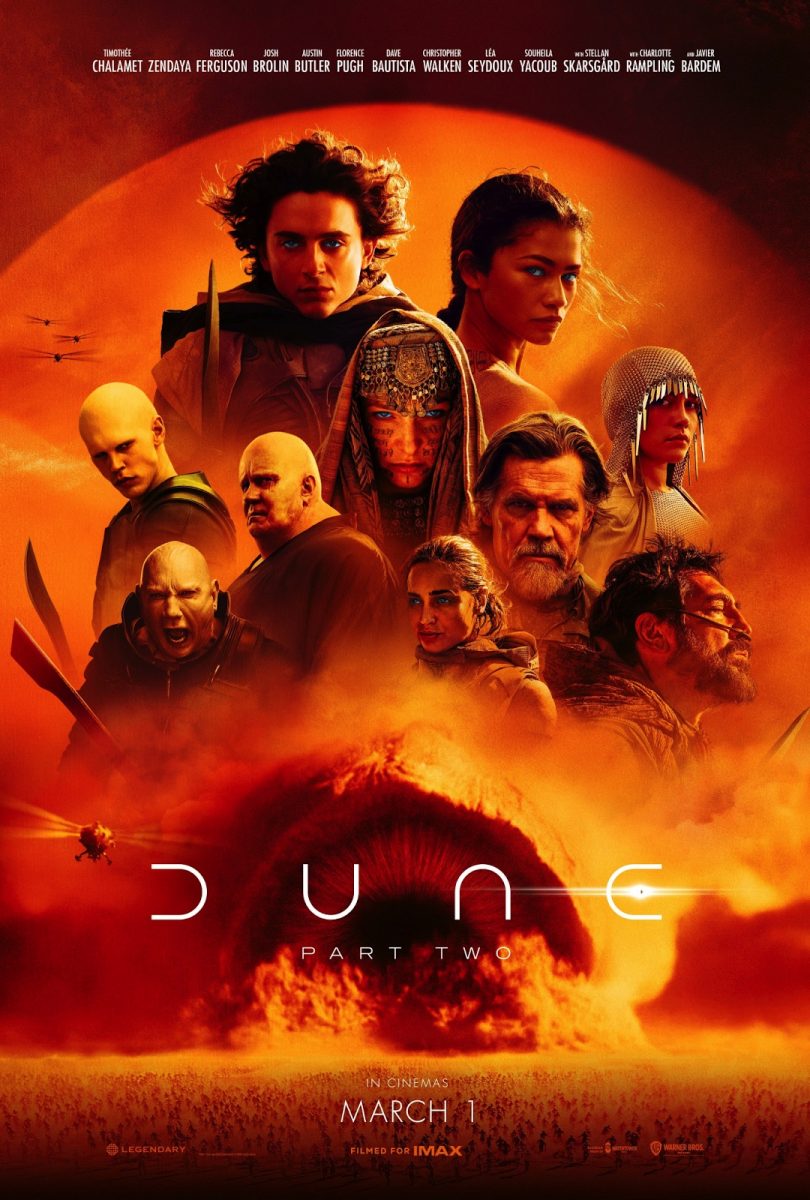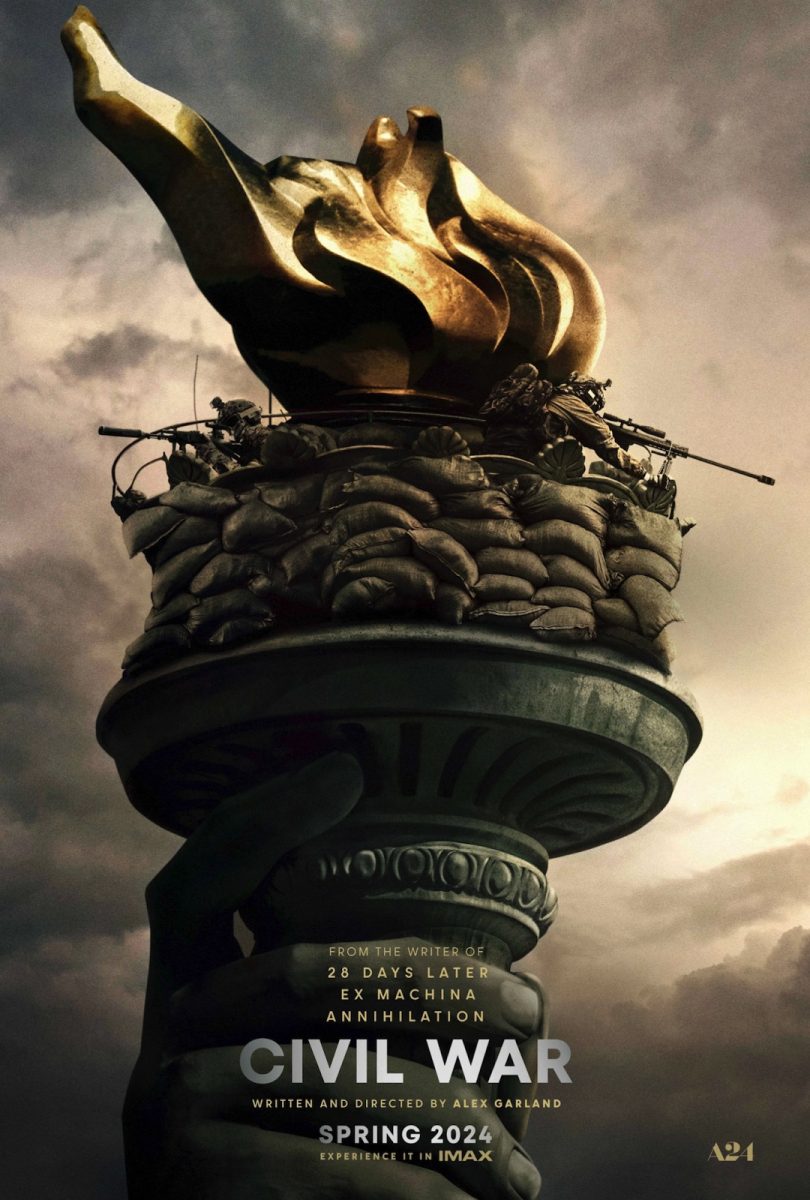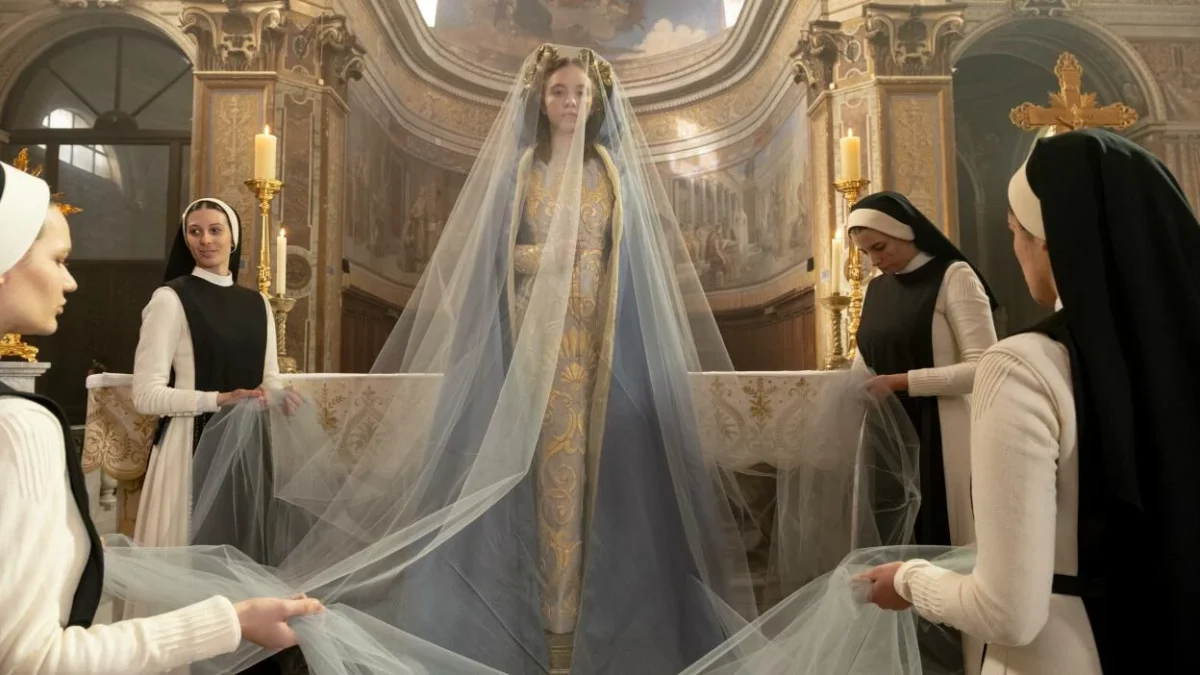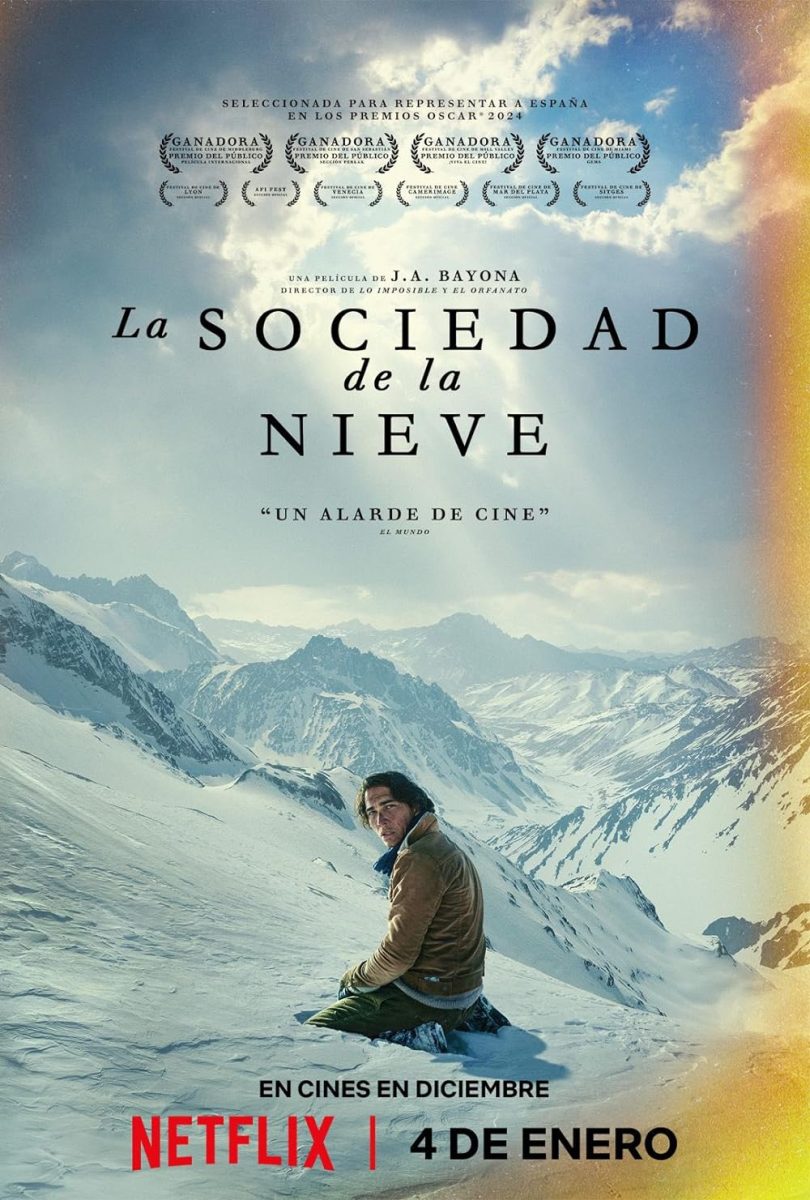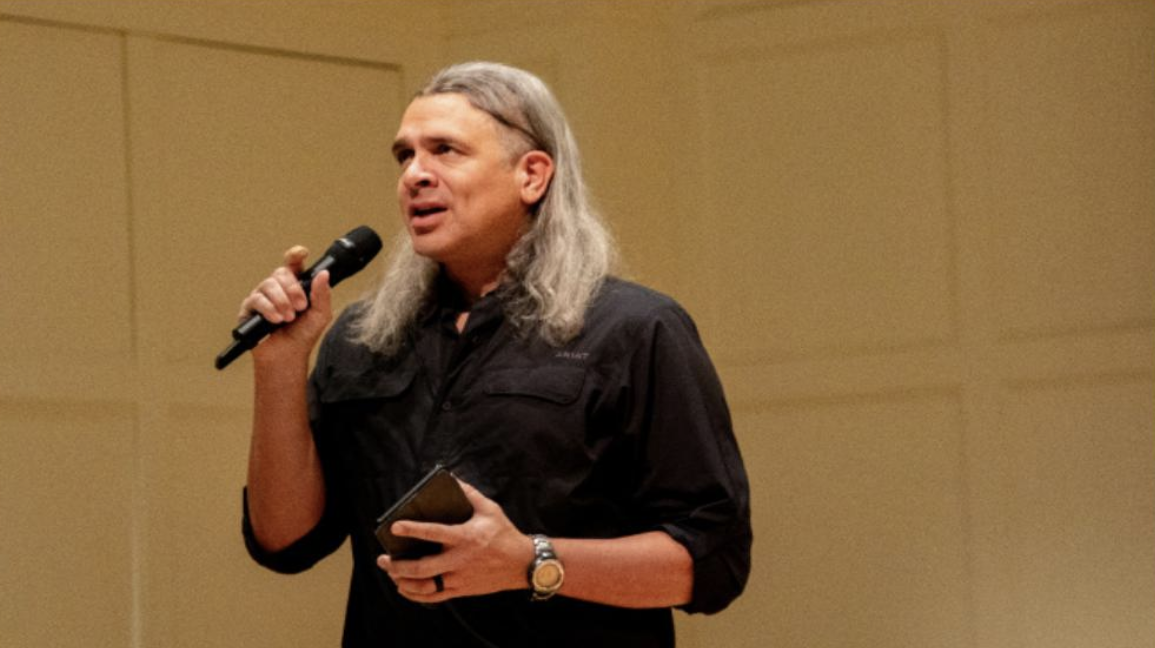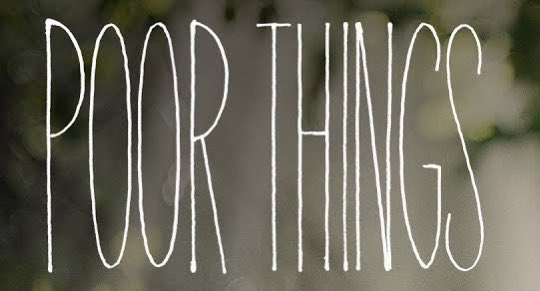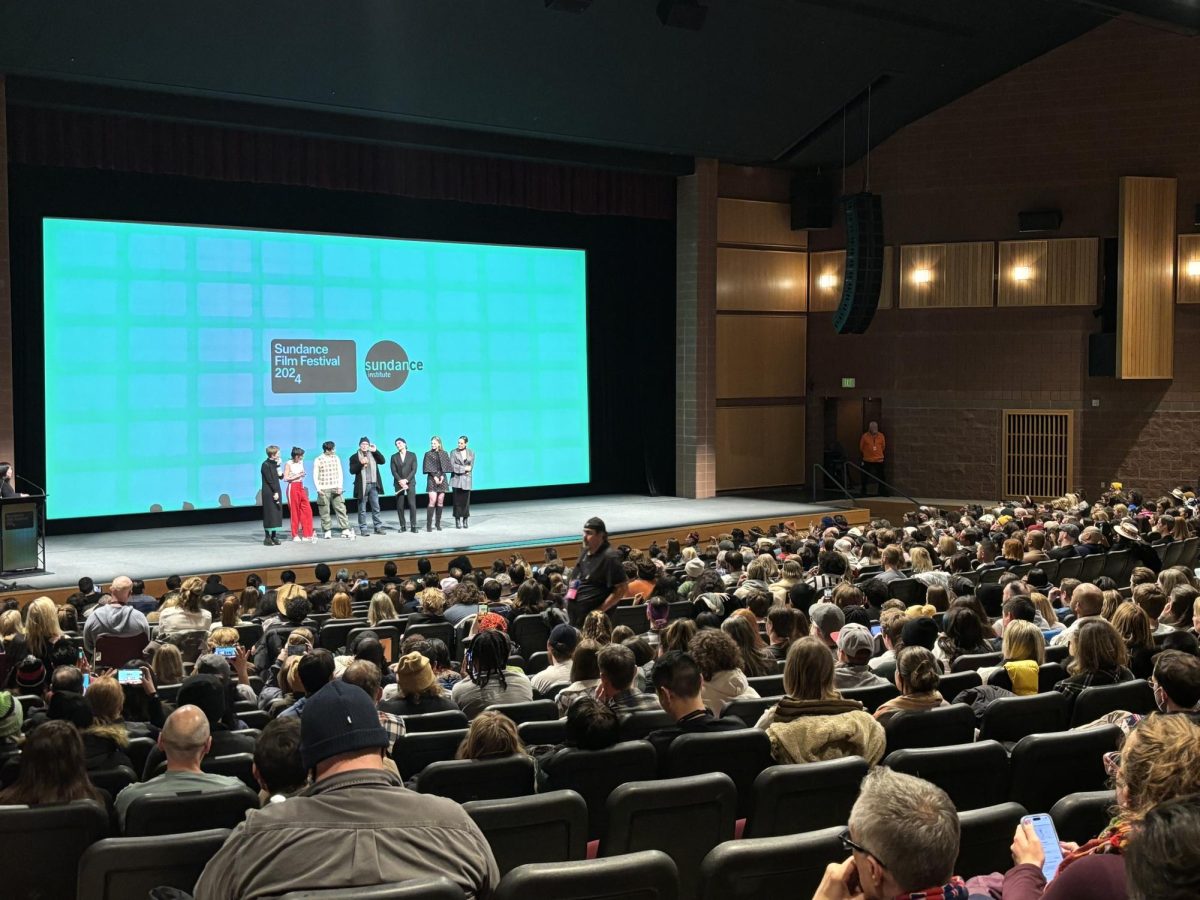Denis Villeneuve’s “Dune: Part Two,” the highly anticipated sequel to his 2021 picture “Dune,” picks up almost immediately after the first film’s ending. The audience is thus thrust into Paul Atreides’ dismal situation, as he finds himself and his noble bloodline in shambles after the invasion of his planet Arrakis.
Of course, this is only a small sliver of what occurs in the film, as this superb sequel has a complex storyline and features many new and old characters. Among these newcomers are Austin Butler, Florence Pugh and Christopher Walken. Those returning to the screen include Timothée Chalamet, Zendaya, Rebecca Ferguson, Stellan Skarsgård, Javier Bardem, Dave Bautista and Josh Brolin. Although this picture features a stacked cast, the true greatness of “Dune: Part Two” lies in its exceptional cinematography and spellbinding score.
First, let’s talk about the elephant in the room: the acting. Timothée Chalamet as Paul Atreides was great but not spectacular. Villeneuve and Jon Spaihts’ sharp writing and Chalamet’s commitment to the role allow Atreides’ character arc from a snarky prince to a larger-than-life messiah to be convincing. However, at some moments, especially towards the latter half of the film, Chalamet’s hunger for power echoes the behavior of a bratty kid. I am not sure if this is what Villeneuve and Chalamet were going for, but for me and the stranger sitting next to me, these scenes were quite goofy and caused us to giggle.
A performance that I was slightly disappointed with was Zendaya’s portrayal of Paul Atreides’ love interest Chani. This is in part due to Chani not getting enough screen time in the first half of the movie, so her decisions later in the film are not necessarily surprising, but still underdeveloped. That being said, her performance in the final third of the film was great, as her increased presence allowed her to better explore Chani’s emotions and therefore present a more complex character.
The rest of the cast also provided compelling performances, especially Rebecca Ferguson as Paul Atreides’ cunning and terrifying mother Lady Jessica. However, the exception to the otherwise strong ensemble performances was Austin Butler’s terrible portrayal of the grotesque Feyd Rautha. While Ferguson demonstrates her acting prowess through her subtle yet captivating portrayal, Butler just goes too far. Butler, I do not need to see you lick your lips a million times to know you’re a blood-hungry monster. Next time, for the sake of audience members’ mental health, tone it down.
What makes “Dune: Part Two” stand out from the other countless sci-fi flicks is its incredible world-building cinematography. Throughout the two-hour and forty-minute runtime, I was constantly enthralled by the majestic shots, ranging from Arrakis’ brightly colored desert landscape to the striking black and white planet Giedi Prime. I have no idea how they were able to make some of these shots possible, but they indeed made me feel like I was experiencing the horrors and beauties of the “Dune” universe with the characters.
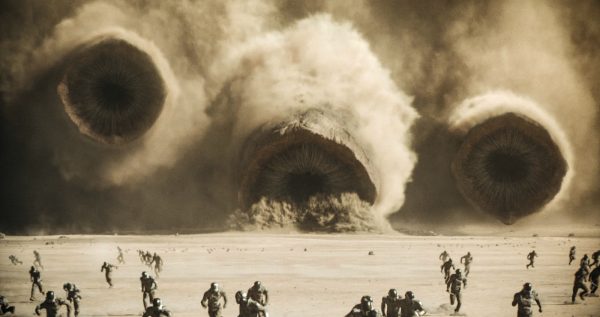
The special effects also contribute to the believability of this galaxy, as each and every computer-generated image is meticulously constructed to the point that such objects feel organic. The biggest feat of the special effects team was undoubtedly the perfect translation of the ginormous sandworms from book to screen. In every scene where they appear, these sandworms are indeed the stars of the show. However, there was one continuity error that left me confused: how does one get off a sandworm? The film shows that one must jump on the creature to ride it, but does not depict how to stop or disembark this multi-million-pound sandworm. I realize that this is a very niche critique, but if somehow Denis Villeneuve sees this review, I hope he answers my query by showing these mechanics in the next Dune installment.
The cherry on top of “Dune: Part Two” is the fantastic score by Hans Zimmer. In every scene, the music captivates the audience by producing powerful and emotional instrumental and vocal songs that flawlessly complement this epic tale. I realize that Hans Zimmer has conducted the scores of countless features; however, I would go as far as to argue that “Dune: Part Two” is one of his best. If this score does not win all of the accolades in the next awards cycle, I will lose all hope in Hollywood.
So, is “Dune: Part Two” better than “Dune?” Absolutely, as the story becomes much more interesting, the cinematography is somehow even more captivating and the performances, although mixed, are more compelling. Even though I was not blown away by the majority of the performances, they are still largely great and therefore deserve your attention. If the plot or performances do not appeal to you, I would recommend making the trek to a theater just to experience the awesome cinematography on the big screen and feel the power of Zimmer’s majestic score. One last thing: don’t let the two-hour and forty-minute runtime intimidate you, as the film flies by thanks to a balanced mix of exciting action and emotional moments. So, what are you waiting for? Grab your sandworm popcorn bucket and see “Dune: Part Two” before it leaves the big screen!
Score: 8.5/10


